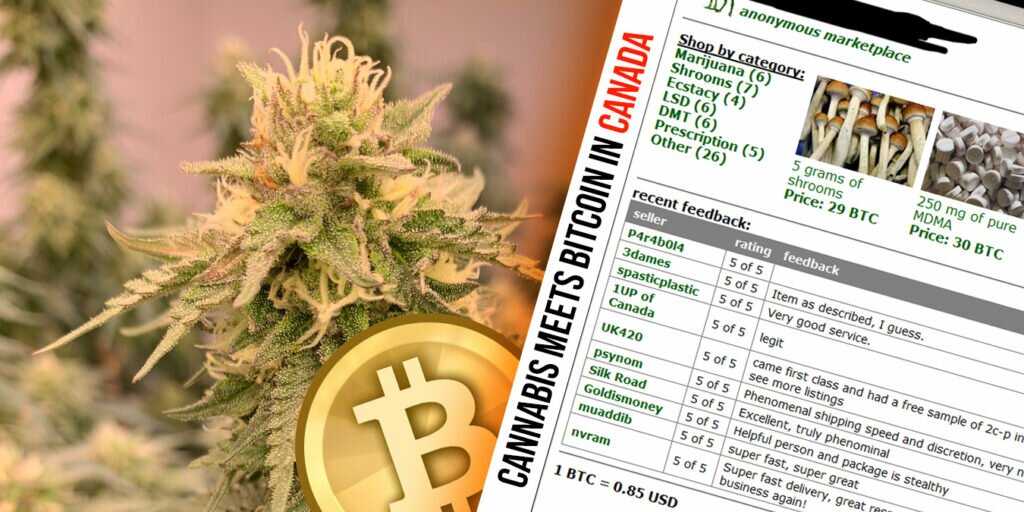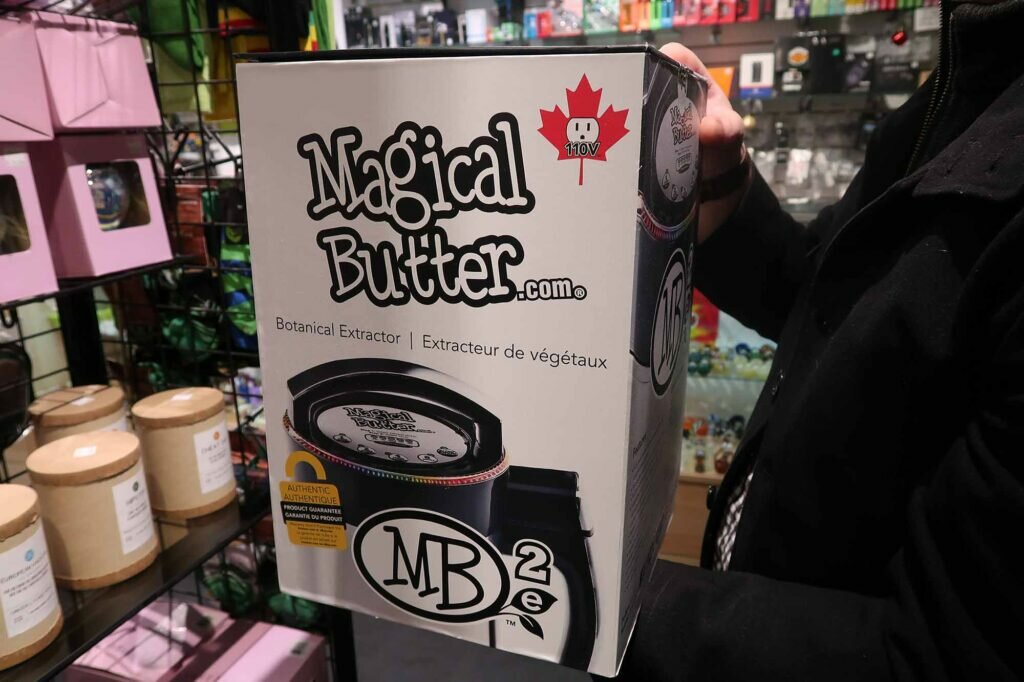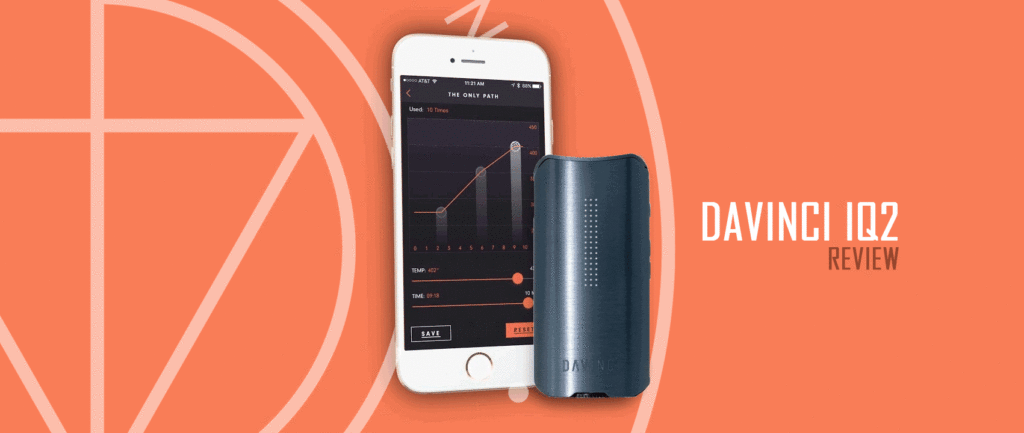What Is Shatter And Why Should You Try It?


Cannabis shatter is a type of cannabis concentrate that is known for its glass-like appearance and high potency. It is made by extracting the cannabinoids and terpenes from the cannabis plant using a solvent such as butane, CO2, or ethanol. The resulting concentrate is a translucent, brittle substance that can shatter easily when handled, hence the name.
Shatter contains high levels of THC, the psychoactive compound in cannabis, and can range from 60-90% THC depending on the quality of the starting material and the extraction method used. Due to its high potency, shatter is typically used by experienced cannabis users who are looking for a strong and fast-acting high.
To consume shatter, it is typically vaporized or “dabbed” using a special dab rig or vaporizer. The shatter is heated using a blowtorch or electronic heating element until it melts and produces a vapor, which is then inhaled through the rig or vaporizer. Some people also sprinkle small pieces of shatter on top of a bowl of cannabis flower to enhance its potency.
How Is Shatter Made?
Shatter is made through a process called extraction, where the active compounds of the cannabis plant are extracted using a solvent. Here are the basic steps for making shatter:
- Select the starting material: High-quality shatter requires high-quality starting material, which means selecting high-grade cannabis flower that is rich in THC and terpenes.
- Prepare the starting material: The cannabis flower is typically ground or chopped up into smaller pieces to increase the surface area for extraction.
- Extraction: The cannabis is then placed into a solvent, such as butane or CO2, which extracts the active compounds from the plant material. The solvent is then evaporated, leaving behind a sticky, resinous substance known as cannabis oil.
- Purification: The cannabis oil is then further purified to remove any remaining solvent or impurities. This can be done using a variety of methods, such as heat, pressure, or vacuum.
- “Blasting”: Once the oil is purified, it is “blasted” with a burst of heat and pressure to remove any remaining moisture and create the shatter’s signature glass-like consistency. This step requires careful attention to temperature and pressure to avoid over-heating the oil and destroying the active compounds.
- Packaging: The finished shatter is then placed into small, airtight containers to protect it from moisture and light, which can degrade the quality of the product.
It’s important to note that making shatter can be dangerous and should only be done by experienced professionals using proper safety equipment and techniques. Solvents like butane are highly flammable and can pose a serious fire risk if not handled properly.
Why Should You Try Shatter?
Some of the potential reasons why you should try cannabis shatter are below:
- High potency: Shatter is known for its high THC content, which can range from 60-90% depending on the quality of the starting material and the extraction method used. This high potency can provide a more intense and fast-acting high than smoking cannabis flower.
- Strong flavor: Shatter contains high levels of terpenes, which are the aromatic compounds that give cannabis its flavor and aroma. Some people enjoy the strong and distinct flavor profiles that can be found in shatter.
- Efficient use of cannabis: Because of its high potency, shatter can be a more efficient way to consume cannabis. Users may need to use less shatter than they would use with cannabis flower to achieve the desired effect.
- Medical benefits: Some people use shatter for its potential medical benefits. Cannabis has been shown to have therapeutic effects on a range of conditions, including chronic pain, anxiety, and insomnia. Shatter can provide a more potent dose of cannabinoids than cannabis flower, which may be beneficial for some medical conditions.
It’s important to note that shatter, like all cannabis products, can have potential risks and side effects, and it should only be used by adults in states where it is legal and under the guidance of a qualified healthcare provider.






Responses